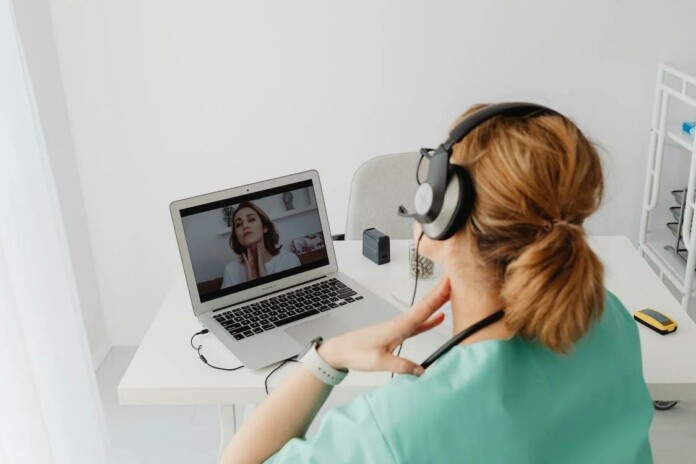Telemedicine has become much more popular since COVID-19 made it more difficult and riskier for many people to go to medical facilities for in-person care, especially for routine care. Eight percent of Americans had tried telemedicine in 2019, but by 2021 about 33 percent of Americans had used telemedicine – and 76 percent of those said they were going to keep using it post-pandemic.
Seeing your doctor virtually can make it a lot easier and more convenient to get certain kinds of care, but it’s just not right for every situation. You still can’t beat an in-person doctor visit for symptoms that require hands-on analysis, not to mention laboratory tests and imaging procedures. Here’s how to tell when telemedicine is the right choice for your care, and when you need to go in and see a doctor in person.
When to Use Telemedicine
Virtual healthcare uses synchronous and asynchronous communication platforms to improve access to care. With telemedicine, you can get to see a specialist who works far away, for example, without leaving your home. You can access medical care even if you live in a rural area. But there are certain situations that lend themselves to telemedicine more than others.
For example, telemedicine is great for managing chronic conditions. If your doctor needs you to measure your vital signs, he or she can provide home equipment, including Internet of Medical Things (IoMT) devices to take those measurements. Conditions like diabetes, depression, and asthma can often be successfully managed mostly in virtual visits. Telemedicine is also useful for follow-up visits after initial in-person treatment.
The telemedicine format lends itself well to the treatment of psychiatric conditions. Mental illnesses can be monitored remotely just like chronic physical ailments, and perhaps more easily because symptoms are often more subjective and easier to evaluate over video conference. It’s also good for routine things like prescription refills.
That’s not to say that you can’t get care for acute infections using telemedicine. Especially these days, many people prefer not to expose everyone at the doctor’s office to their infection, nor do many people want to go sit in a waiting room with a bunch of sick and possibly contagious strangers. If your symptoms are straightforward, you’ve had them before, or your complaint is easy to see over video chat, then you may be able to get treatment virtually. If you’re sick and you’re wondering how to get antibiotics or Tamiflu online, telehealth is the answer. But remember, you should really only ever see a doctor virtually for an acute illness if you think you know what it is, or if the condition can be diagnosed based on sight and your explanation of symptoms alone.
When to See Your Doctor in Person
There are some situations in which it’s just better all around to go and see your doctor in person. If you’re seeing a new doctor for the first time, you should go see him or her in person at least once. You might even want to see your new doctor in person several times, because it can be hard to build a connection with a provider over video calls. Of course, if you just need to get a quick prescription and you aren’t looking to build a primary care provider relationship with this particular doctor, then you can overlook this suggestion.
It’s also a good idea to see a doctor in person if your symptoms require hands-on analysis. If you have a lump, for example, your doctor is going to need to feel the lump in person and will probably need to order imaging tests, biopsies, and blood work. In this situation, you should see your doctor in person. Anytime your doctor will need to order tests or make physical contact to diagnose your symptoms, you’ll need to see him or her in person. Once you’ve conducted an initial in-person visit, though, you may be able to continue managing your symptoms via virtual follow-up visits.
Telemedicine can be so convenient – there’s nothing like talking to your doctor from the comfort of your home, especially when you’re sick and don’t feel like going to a facility. Telemedicine can be great for a lot of things, including acute illnesses when you’re pretty sure you know what’s wrong, but it’s not always the best solution for every situation. Know when to use telemedicine and when to schedule an in-person visit, so you can keep enjoying the good health you deserve.




